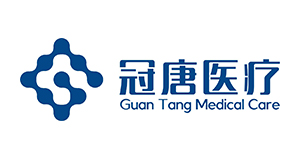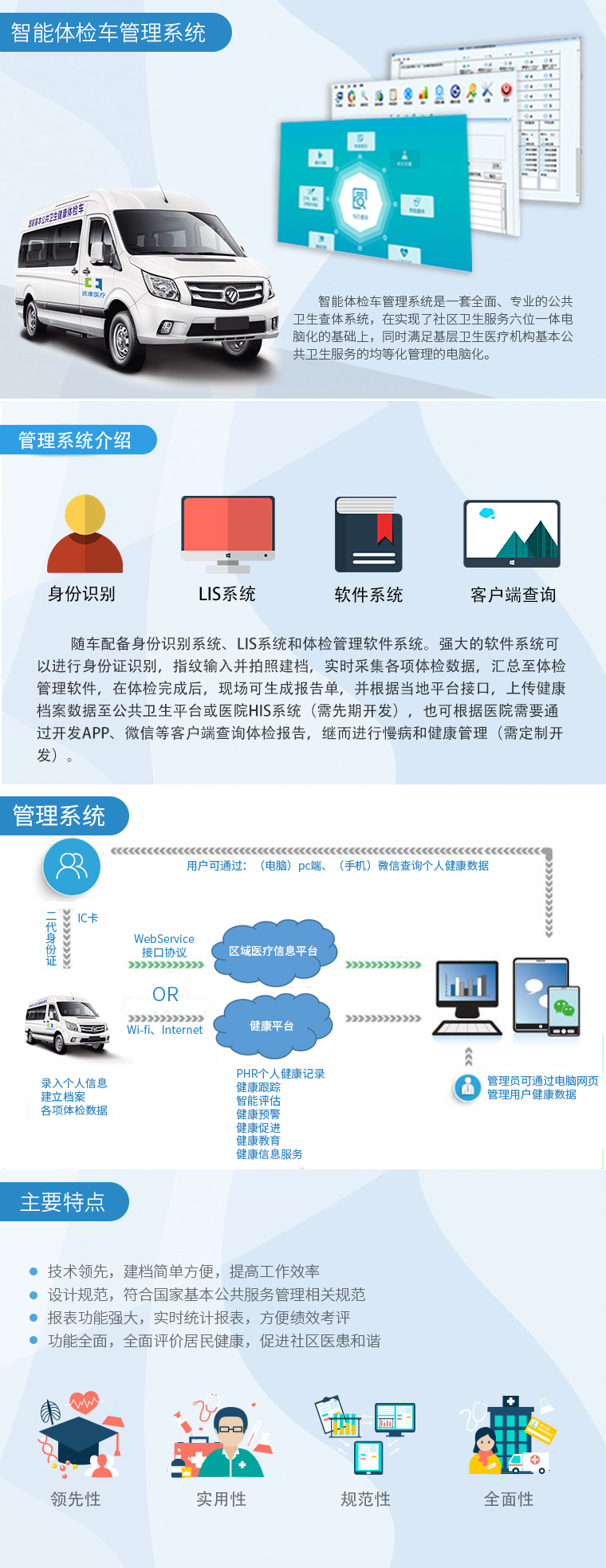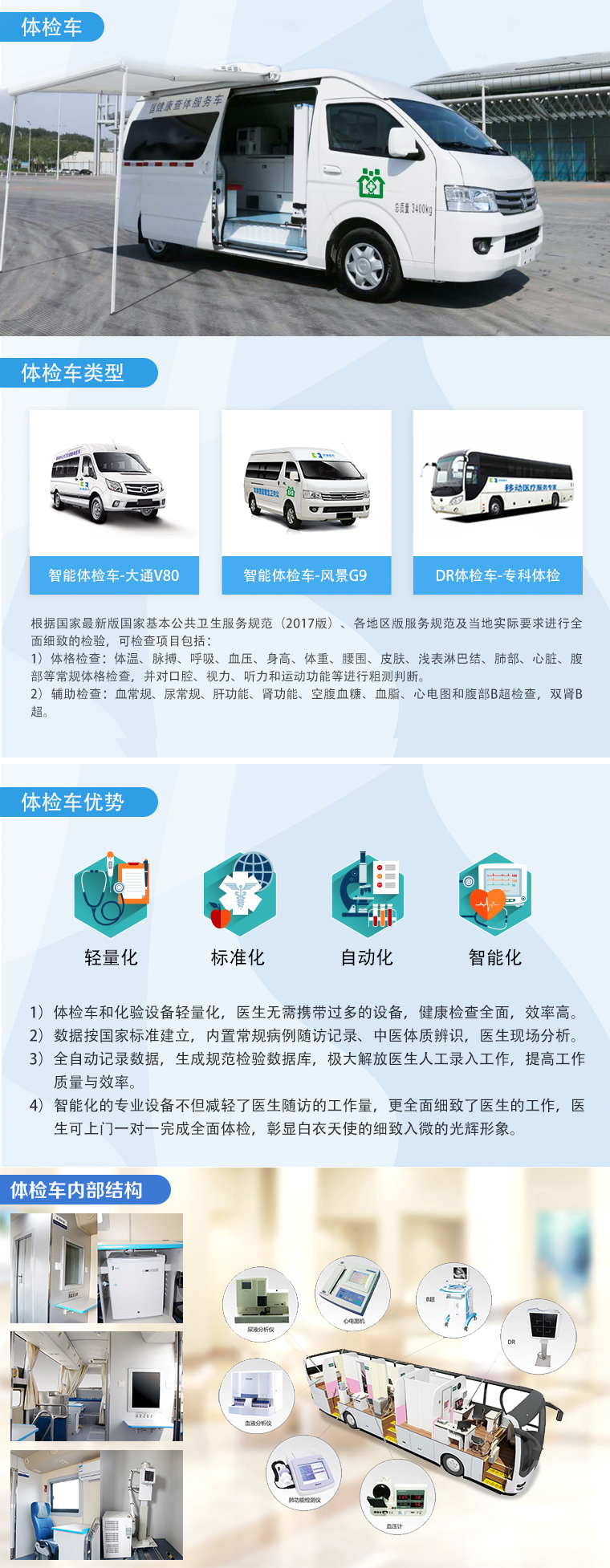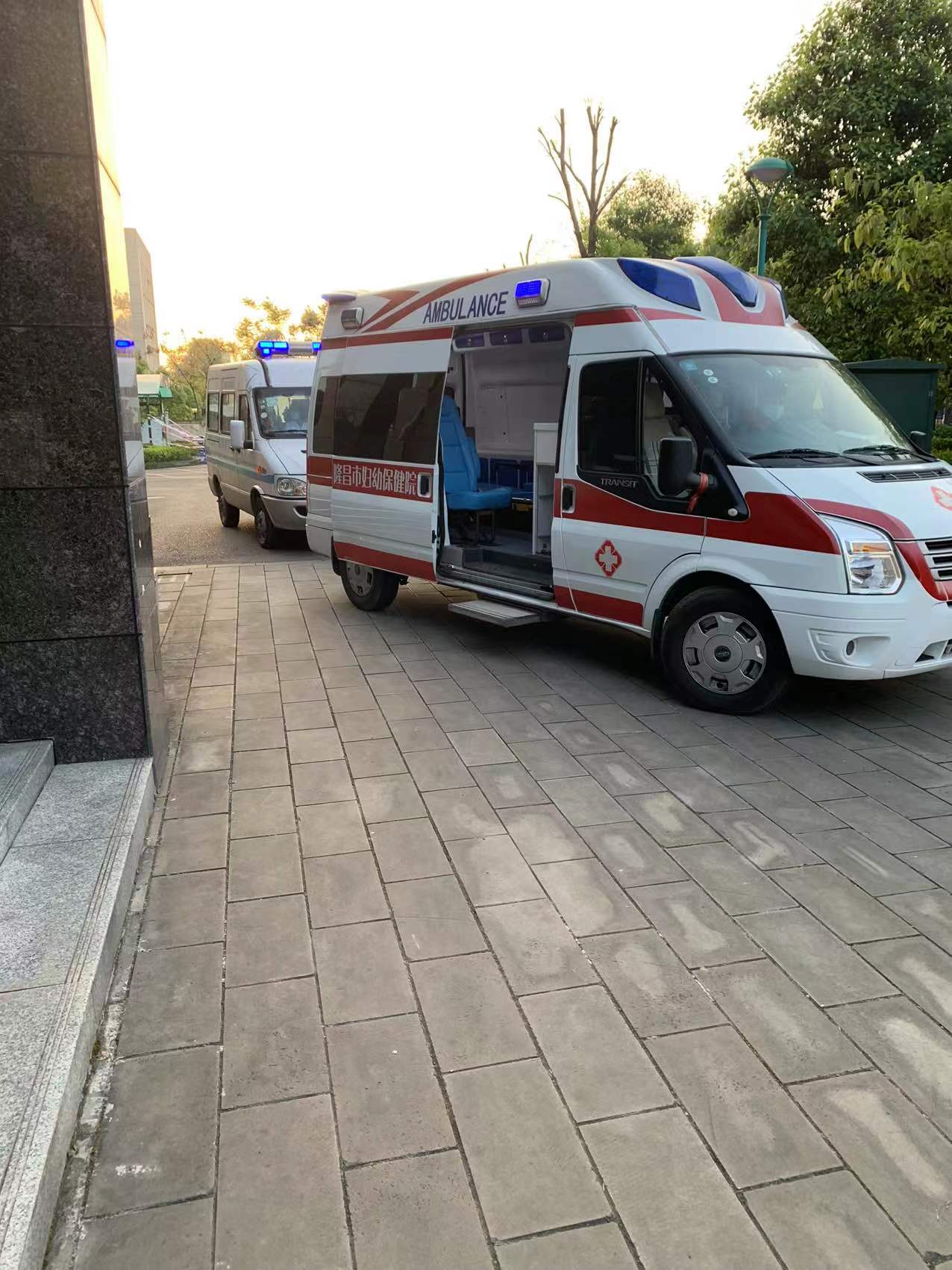實(shí)施案例
產(chǎn)品推薦
新聞推薦
守護(hù)健康防線:兩癌篩查系統(tǒng)的 “注意清單”
- 2025-07-02
- http://www.daycoding.com/ 原創(chuàng)
- 130
兩癌篩查系統(tǒng)如同守護(hù)女性健康的 “精密雷達(dá)”,能在疾病早期發(fā)出預(yù)警信號。但這套系統(tǒng)的高效運(yùn)轉(zhuǎn),離不開對每個環(huán)節(jié)的細(xì)致把控。從篩查對象的精準(zhǔn)覆蓋到數(shù)據(jù)安全的嚴(yán)密守護(hù),每個注意點(diǎn)都是筑牢健康防線的關(guān)鍵,容不得半點(diǎn)疏忽。
The two cancer screening systems are like "precision radars" guarding women's health, capable of issuing early warning signals for diseases. But the efficient operation of this system relies on meticulous control over every aspect. From precise coverage of screening objects to strict protection of data security, every attention point is the key to building a strong health defense line, and no negligence is allowed.
篩查對象的精準(zhǔn)定位是系統(tǒng)運(yùn)行的首要前提。兩癌篩查有明確的年齡范圍和重點(diǎn)人群,系統(tǒng)需通過數(shù)據(jù)比對,確保符合條件的人群應(yīng)查盡查。例如,將本地戶籍與常住女性信息納入數(shù)據(jù)庫,結(jié)合年齡篩選出目標(biāo)群體,再通過社區(qū)通知、短信提醒等方式動員參與。同時,要特別關(guān)注高危人群,如家族中有相關(guān)病史、長期存在不良生活習(xí)慣的女性,系統(tǒng)應(yīng)標(biāo)記此類人群,優(yōu)先安排篩查并增加篩查頻次。避免因信息遺漏導(dǎo)致適齡女性錯過篩查時機(jī),也防止非目標(biāo)人群占用資源,影響系統(tǒng)效率。
The precise positioning of screening objects is the primary prerequisite for the operation of the system. The two cancer screenings have clear age ranges and key populations, and the system needs to compare data to ensure that eligible populations are thoroughly screened. For example, the information of local registered residence and resident women will be included in the database, target groups will be selected according to age, and participation will be mobilized through community notification, SMS reminder, etc. At the same time, special attention should be paid to high-risk groups, such as women with relevant medical histories and long-term unhealthy lifestyle habits in their families. The system should label these groups, prioritize screening, and increase screening frequency. To avoid missed screening opportunities for eligible women due to information omissions, and to prevent non target populations from occupying resources and affecting system efficiency.
篩查流程的規(guī)范性直接影響結(jié)果準(zhǔn)確性。從檢查項(xiàng)目的標(biāo)準(zhǔn)化到樣本采集的專業(yè)性,每個步驟都需嚴(yán)格遵循操作規(guī)范。系統(tǒng)應(yīng)明確規(guī)定不同篩查項(xiàng)目的適用場景,例如初篩與復(fù)篩的項(xiàng)目差異,避免因項(xiàng)目選擇不當(dāng)造成漏診或誤診。樣本采集環(huán)節(jié),需確保采集工具符合標(biāo)準(zhǔn)、操作人員具備資質(zhì),采集過程全程記錄在系統(tǒng)中,便于追溯。檢測機(jī)構(gòu)的選擇也至關(guān)重要,系統(tǒng)應(yīng)對接具備資質(zhì)的醫(yī)療機(jī)構(gòu),確保檢測設(shè)備先進(jìn)、技術(shù)可靠,檢測結(jié)果能及時上傳至系統(tǒng),形成完整的篩查鏈條。
The standardization of the screening process directly affects the accuracy of the results. From the standardization of inspection items to the professionalism of sample collection, every step must strictly follow the operating procedures. The system should clearly define the applicable scenarios for different screening items, such as the differences between initial screening and re screening items, to avoid misdiagnosis or missed diagnosis due to improper item selection. In the sample collection process, it is necessary to ensure that the collection tools meet the standards, the operators have qualifications, and the entire collection process is recorded in the system for easy traceability. The selection of testing institutions is also crucial. The system should connect with qualified medical institutions to ensure advanced testing equipment, reliable technology, and timely uploading of testing results to the system, forming a complete screening chain.
數(shù)據(jù)安全與隱私保護(hù)是系統(tǒng)不可觸碰的紅線。篩查系統(tǒng)存儲著大量女性的個人信息和健康數(shù)據(jù),這些信息一旦泄露,可能對個人隱私造成嚴(yán)重侵害。系統(tǒng)需采用高級別加密技術(shù),對數(shù)據(jù)的收集、傳輸、存儲全程加密,限制訪問權(quán)限,只有授權(quán)人員才能查看相關(guān)信息。同時,建立嚴(yán)格的數(shù)據(jù)管理制度,明確數(shù)據(jù)使用范圍,禁止將信息用于篩查以外的其他用途。定期對系統(tǒng)進(jìn)行安全漏洞檢測,防止黑客攻擊或內(nèi)部人員違規(guī)操作導(dǎo)致數(shù)據(jù)泄露,讓參與篩查的女性沒有后顧之憂。
Data security and privacy protection are the red lines that cannot be touched by the system. The screening system stores a large amount of personal information and health data of women, and once this information is leaked, it may cause serious infringement on personal privacy. The system needs to use high-level encryption technology to encrypt the entire process of data collection, transmission, and storage, restrict access permissions, and only authorized personnel can view relevant information. At the same time, establish strict data management systems, clarify the scope of data use, and prohibit the use of information for purposes other than screening. Regularly conducting security vulnerability checks on the system to prevent data leakage caused by hacker attacks or internal personnel violations, so that women participating in screening have no worries.

結(jié)果反饋與隨訪機(jī)制的完善是系統(tǒng)價(jià)值的延伸。篩查結(jié)束后,系統(tǒng)需及時將結(jié)果反饋給受檢者,采用通俗易懂的語言解釋結(jié)果含義,避免專業(yè)術(shù)語造成誤解。對于篩查結(jié)果異常的女性,系統(tǒng)應(yīng)自動生成隨訪名單,由社區(qū)醫(yī)生或?qū)H诉M(jìn)行跟蹤,督促其進(jìn)一步檢查確診,并記錄后續(xù)診療情況。針對確診患者,系統(tǒng)需對接醫(yī)療救助資源,提供治療建議和幫扶信息,形成 “篩查 — 診斷 — 治療 — 康復(fù)” 的閉環(huán)管理,真正實(shí)現(xiàn)早發(fā)現(xiàn)、早治療的目的。
The improvement of feedback and follow-up mechanisms is an extension of the system's value. After the screening is completed, the system needs to promptly provide feedback to the examinee, explaining the meaning of the results in easy to understand language to avoid misunderstandings caused by professional terminology. For women with abnormal screening results, the system should automatically generate a follow-up list, which will be tracked by community doctors or dedicated personnel to urge further examination and diagnosis, and record subsequent diagnosis and treatment. For confirmed patients, the system needs to connect with medical assistance resources, provide treatment advice and assistance information, form a closed-loop management of "screening diagnosis treatment rehabilitation", and truly achieve the goal of early detection and treatment.
系統(tǒng)的動態(tài)更新與優(yōu)化是保持活力的關(guān)鍵。隨著醫(yī)療技術(shù)的進(jìn)步和疾病特征的變化,篩查系統(tǒng)需定期升級。例如,引入更精準(zhǔn)的檢測技術(shù)、更新高危因素評估標(biāo)準(zhǔn)、優(yōu)化數(shù)據(jù)算法以提高篩查效率。同時,收集用戶反饋,針對操作復(fù)雜、流程繁瑣等問題進(jìn)行改進(jìn),讓系統(tǒng)更易用、更貼心。結(jié)合區(qū)域疾病發(fā)病特點(diǎn)調(diào)整篩查策略,例如某地區(qū)某種癌癥發(fā)病率較高,可在系統(tǒng)中增加針對性的篩查項(xiàng)目,提升篩查的精準(zhǔn)度和有效性。
The dynamic updating and optimization of the system are key to maintaining vitality. With the advancement of medical technology and changes in disease characteristics, screening systems need to be regularly upgraded. For example, introducing more accurate detection techniques, updating high-risk factor assessment standards, and optimizing data algorithms to improve screening efficiency. At the same time, collect user feedback and make improvements to address issues such as complex operations and cumbersome processes, making the system easier to use and more user-friendly. Adjust the screening strategy according to the characteristics of regional disease incidence. For example, if the incidence rate of a certain cancer is high in a certain area, targeted screening items can be added to the system to improve the accuracy and effectiveness of screening.
本文由兩癌篩查系統(tǒng)友情奉獻(xiàn).更多有關(guān)的知識請點(diǎn)擊:http://www.daycoding.com我們將會對您提出的疑問進(jìn)行詳細(xì)的解答,歡迎您登錄網(wǎng)站留言.
This article is a friendly contribution from the occupational disease examination system For more information, please click: http://www.daycoding.com We will provide detailed answers to your questions. You are welcome to log in to our website and leave a message.




